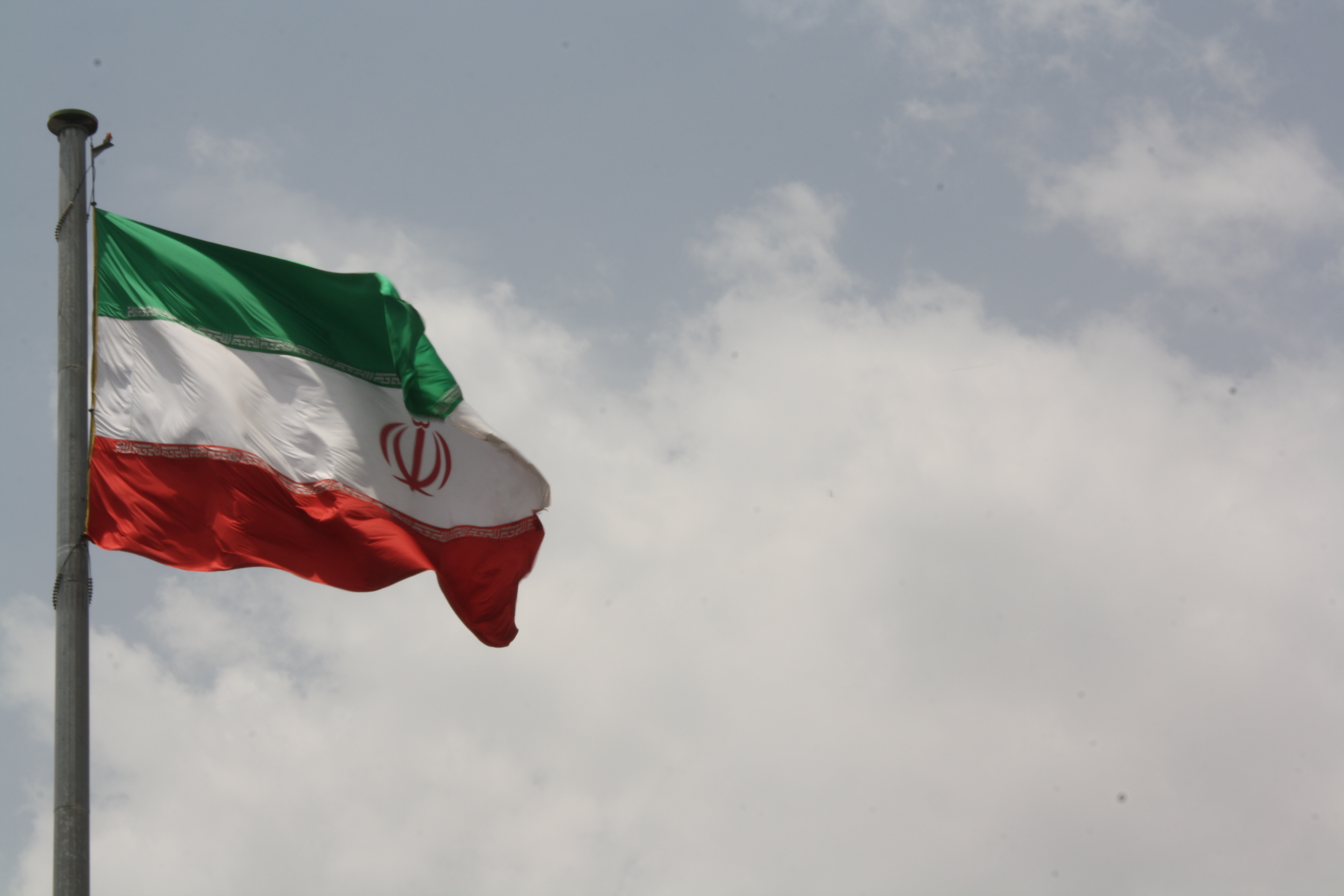Iran’s foreign debt was $7.173 billion by the end of the fourth calendar month ending July 22, the CBI said Tuesday. The amount was almost $1.5 billion or 17% lower compared to the last fiscal year that ended in March.
Medium and long-term debt was $5.4 billion – nearly 75% of the total. Short-term debt was put by the CBI in the range of $1.73 billion.
Short-term debt includes all debt with original maturity of one year or less plus the interest on long-term debt.
Thanks to the scale and scope of economic and financial hurdles, namely the US economic blockade, Iran’s external debts are far lower compared to other developing nations.
In addition, the country was unable to attract foreign investment because of the tough sanctions, cumbersome laws and economic instability, among other things.
Tehran’s external debt averaged $15.54 billion from 1993 until 2020, reaching an all-time high of $28.64 billion in 2007 and a record low of $5.1 billion in 2014, according to Trading Economics, which sources financial and economic data from countries across the world.
Most of Iran’s foreign borrowing in the past three years was related to fighting the coronavirus pandemic. Tehran received $50 million from the World Bank to help the health sector cope with the fatal disease.
The OPEC Fund for International Development approved $500,000 in emergency grant to help buy equipment to fight the plague.
Iran solicited multilateral development banks for funds, in which it is a member, namely the Islamic Development Bank and the Asian Infrastructure Development Bank.
Last year, the Organization for Investment, Economic and Technical Assistance of Iran said the World Bank was to pay $90 million to help cope with the pandemic.


